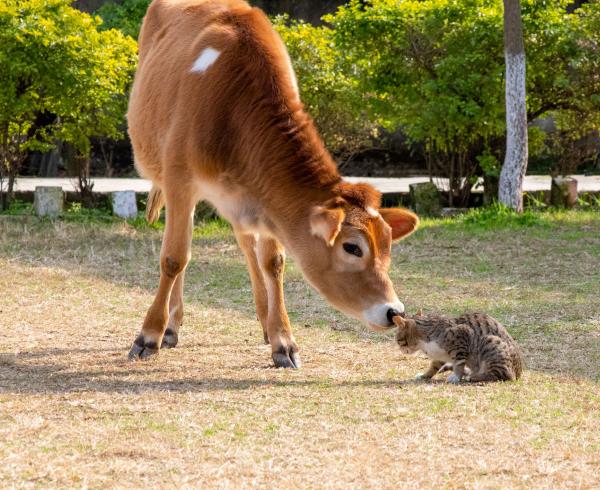What is Colostrum?1,2
Colostrum is a milky fluid that comes from the mammary glands of humans and animals during the first few days after giving birth before mature milk appears. It contains:
- High concentrations of antibodies to help protect the newborn against disease and infection.
- Immune and growth factors, and other bioactive-rich components that help to activate a newborn's immune system, gut function and microbiome in the first few days of life
- These nutrients and compounds are essential for a newborn's health, growth and vitality.
Colostrum’s Composition Is Better Than Mature Milk
Colostrum differs in composition from ‘mature’ milk, containing significantly higher levels of bioactive compounds, growth factors, immunoglobulins, and immune factors. Micro and macronutrient profiles differ, with colostrum containing lower levels of lactose and higher levels of proteins, fats and certain minerals and vitamins.1
Dairy Cows Are a Potent Source of Colostrum
- Colostrum collected from dairy cows (bovine) is functionally similar to human colostrum in its composition and nutrient profile.5
- Cows that have just given birth produce large quantities of colostrum for several days.1
- A newborn calf requires colostrum to initiate immune protection as calves do not have a developed immune system when born.
- The newborn calf’s life depends on receiving colostrum as soon as possible, but it does not need it all.
- The excess colostrum is used for veterinary, agriculture, and human supplementation purposes.
- A newborn calf requires colostrum to initiate immune protection as calves do not have a developed immune system when born.
- Colostrum harvesting does not impact the health of newborn calves.1
Bovine Colostrum Benefits
Bovine colostrum’s nutritional and bioactive-rich components work in tandem and from multiple mechanisms of action to provide immune and gut health-related support to humans and animals through their stages of life.







